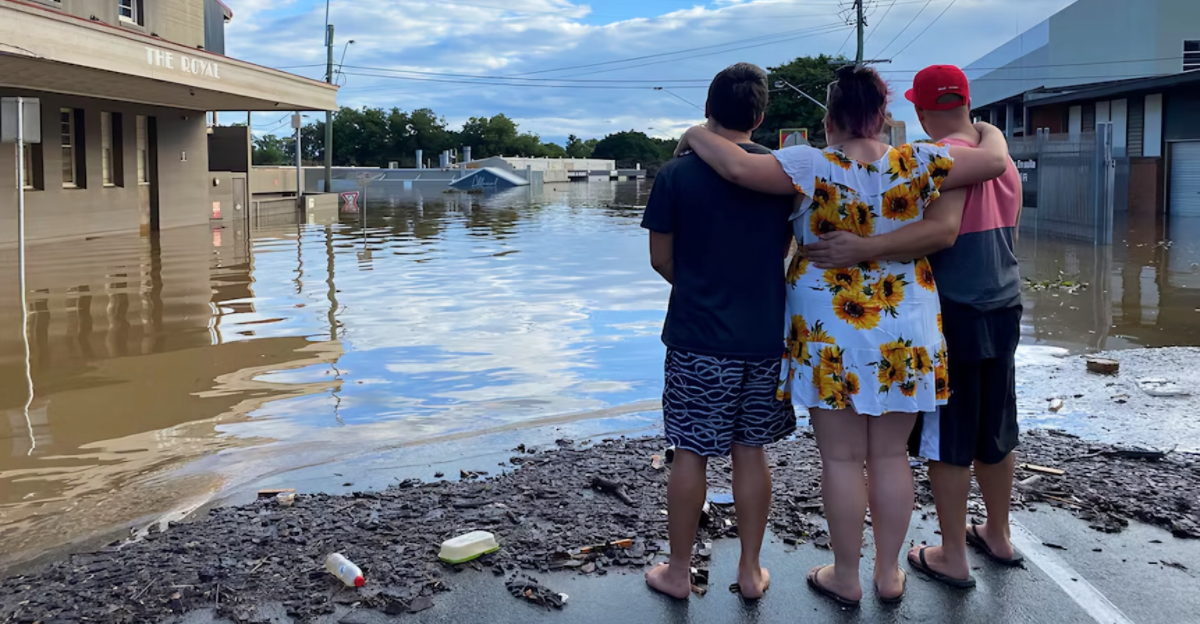
As global temperatures and sea levels continue to rise, many of the world’s largest cities are facing an alarming reality: they are sinking. This phenomenon is driven by a combination of factors, including excessive groundwater extraction, climate change, and the natural settling of land. The consequences are dire, with some cities at risk of being submerged in the coming decades. This article explores the plight of eleven major cities that are grappling with the threat of sinking and rising sea levels, highlighting the urgent need for innovative solutions to safeguard their futures.
Jakarta, Indonesia
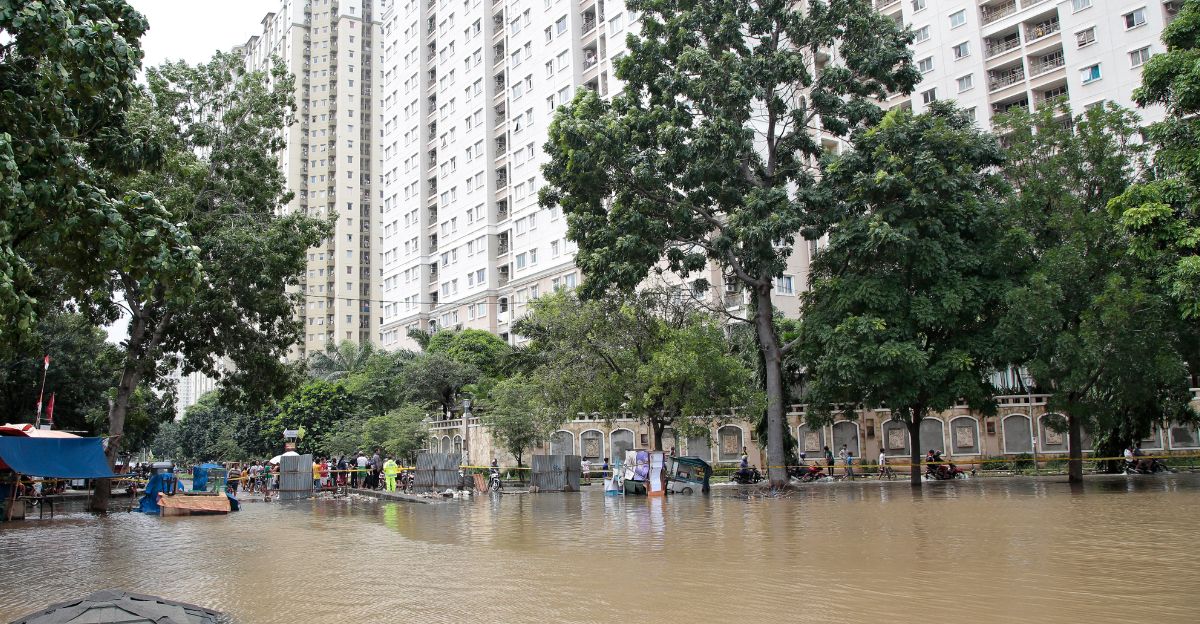
Jakarta is one of the most affected cities, sinking at an alarming rate of up to 6.7 inches per year. This rapid subsidence is primarily due to excessive groundwater pumping, which alters the pressure and volume beneath the city. With projections indicating that much of Jakarta could be underwater by 2050, the Indonesian government has initiated plans to relocate the capital approximately 100 miles away from its current location in Java. This ambitious endeavor is expected to take around ten years and cost $33 billion.
Lagos, Nigeria
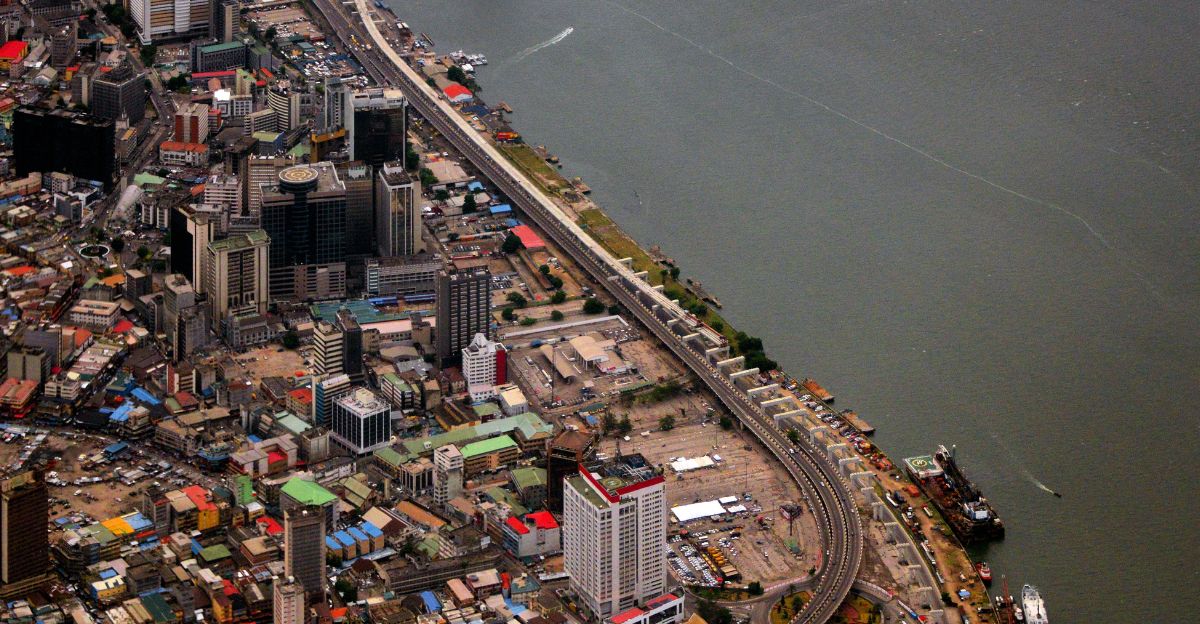
Lagos, Africa’s largest city, faces significant threats from rising sea levels and coastal erosion. A study from the University of Plymouth warns that a sea level rise of three to nine feet could have catastrophic effects on human activities in the region. With global sea levels projected to rise by approximately 6.6 feet by the end of this century, Lagos’s low-lying coastline makes it particularly vulnerable to flooding.
Houston, Texas
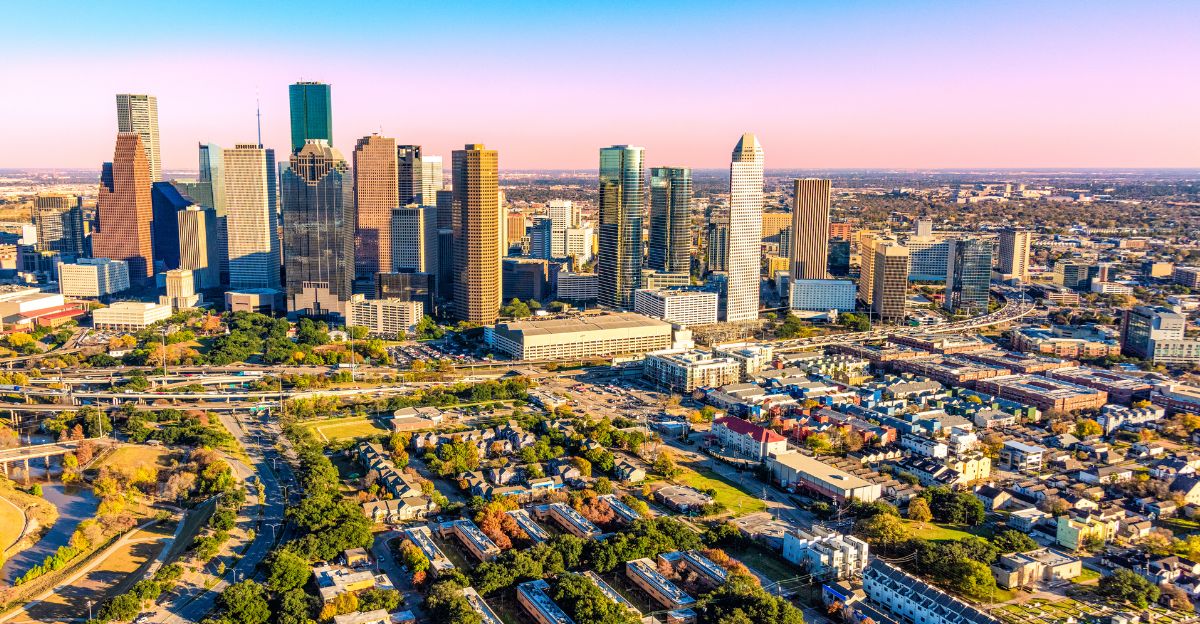
In the United States, Houston is experiencing subsidence at a rate of about 2 inches per year due to excessive groundwater extraction. This sinking exacerbates the city’s vulnerability to severe weather events like Hurricane Harvey, which caused widespread devastation in 2017, damaging nearly 135,000 homes and displacing around 30,000 residents. As Houston continues to sink, its risk of flooding and disaster increases significantly.
Dhaka, Bangladesh

Despite contributing only 0.3% of global emissions that drive climate change, Bangladesh faces some of the most severe consequences of rising sea levels. Dhaka, its capital, could see up to 17% of its land flooded by 2050, displacing approximately 18 million people. The country’s low-lying geography makes it particularly susceptible to both rising seas and extreme weather events.
Venice, Italy
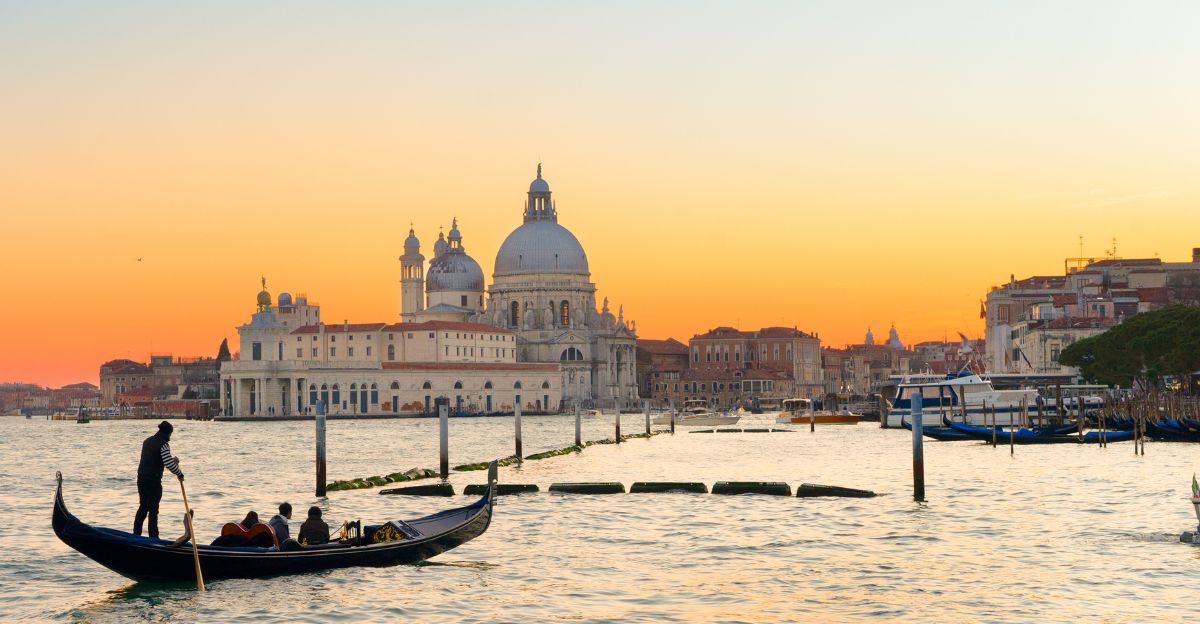
Venice is famously known for its canals but is also sinking at a rate of about 0.08 inches annually. To combat flooding, Italy began constructing a flood barrier system known as Mose in 2003; however, completion has faced significant delays. The city experienced severe flooding in 2018 when storms overwhelmed its infrastructure before the $6.5 billion project was finished.
Virginia Beach, Virginia
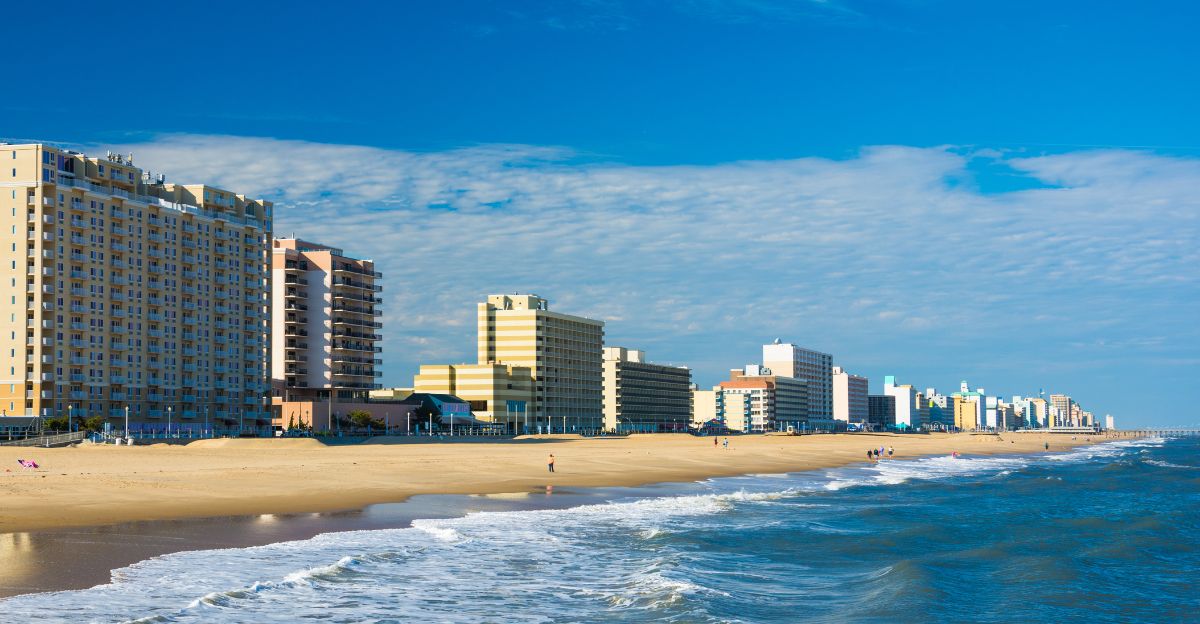
Virginia Beach is grappling with one of the fastest rates of sea-level rise on the East Coast of the United States. The National Oceanic and Atmospheric Administration estimates that by 2100, sea levels could rise by nearly 12 feet in this area. As both water levels rise and land sinks, Virginia Beach faces an uncertain future.
Bangkok, Thailand

Bangkok is sinking at a rate exceeding one centimeter per year and may be below sea level by 2030 if current trends continue. In response to this crisis, local architects have designed an innovative park capable of holding up to one million gallons of rainwater to mitigate flooding during Thailand’s rainy season.
New Orleans, Louisiana
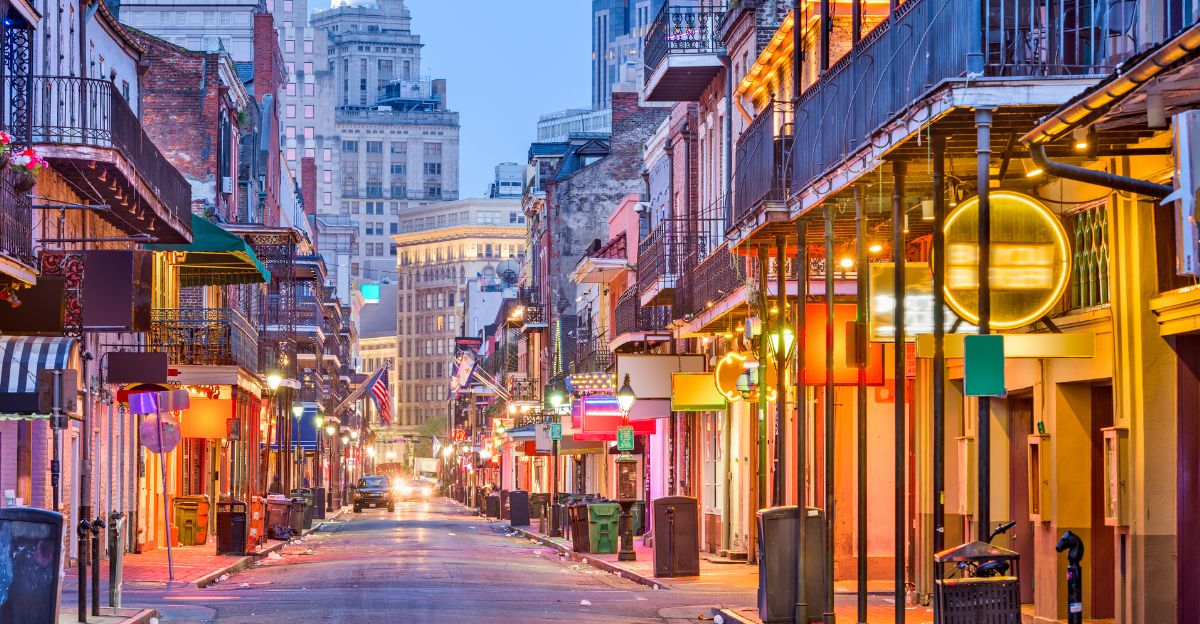
New Orleans is another city facing significant risks due to subsidence; according to 2016 NASA studies, parts of it are sinking at about 2 inches per year and could be underwater by 2100. Much of New Orleans lies below sea level on a river delta, making it particularly vulnerable to flooding from rising seas and extreme weather events.
Rotterdam, The Netherlands
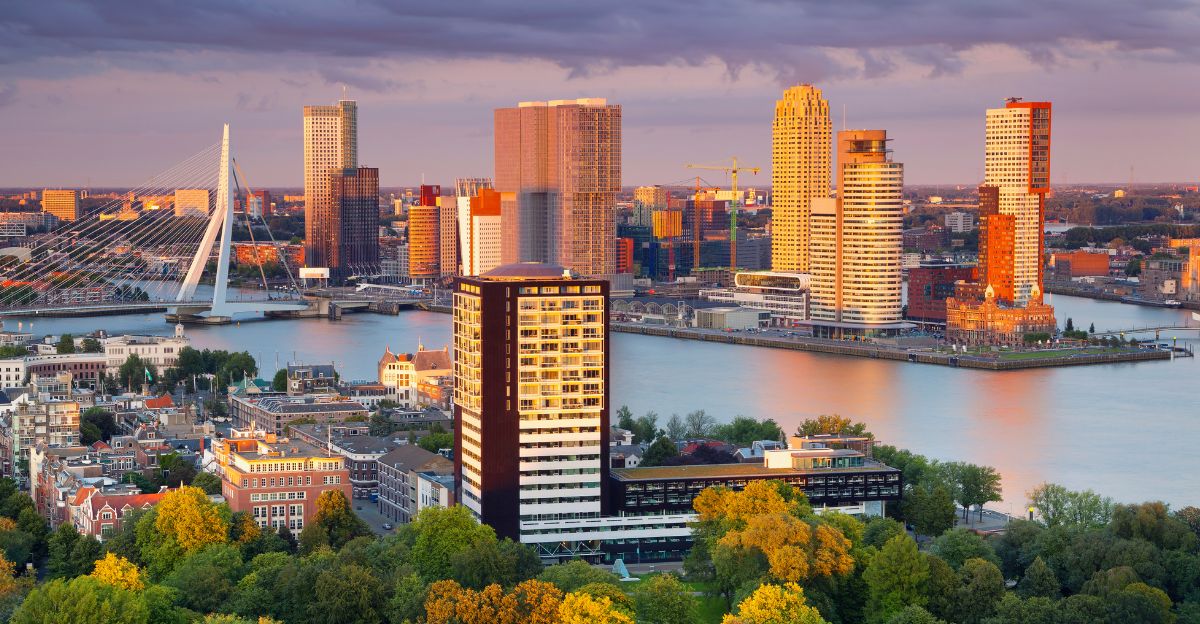
Approximately 90% of Rotterdam is situated below sea level, making it highly susceptible to flooding as ocean levels rise. In response to this threat, Dutch authorities are implementing innovative strategies such as creating natural flood plains and water parks that can absorb excess water during storms through projects like Room for the River.
Alexandria, Egypt
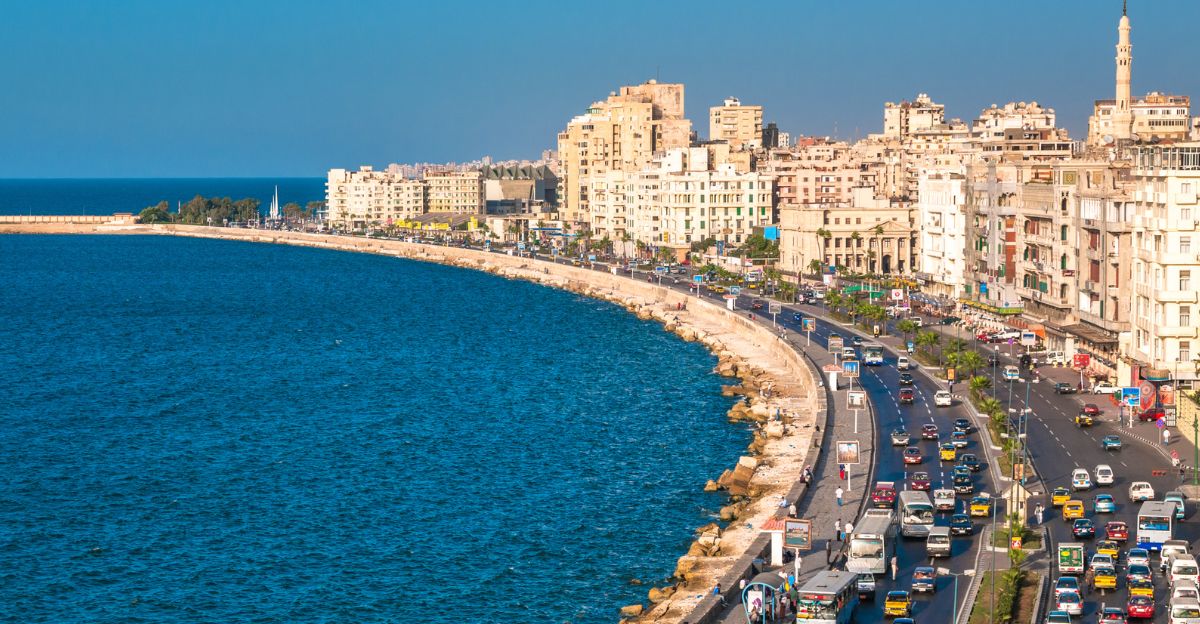
Alexandria’s beaches are disappearing as rising sea levels threaten its coastal landscape. Projections indicate that the Mediterranean Sea could rise by as much as two feet by 2100, posing a significant risk to this historic port city and its population.
Miami, Florida

Miami stands out as a city facing unprecedented challenges due to climate change; environmental experts warn that there may be no viable scenario for its survival by the end of this century. Rising sea levels are leading to frequent flooding events that contaminate drinking water supplies and damage infrastructure throughout the city.
A Global Issue
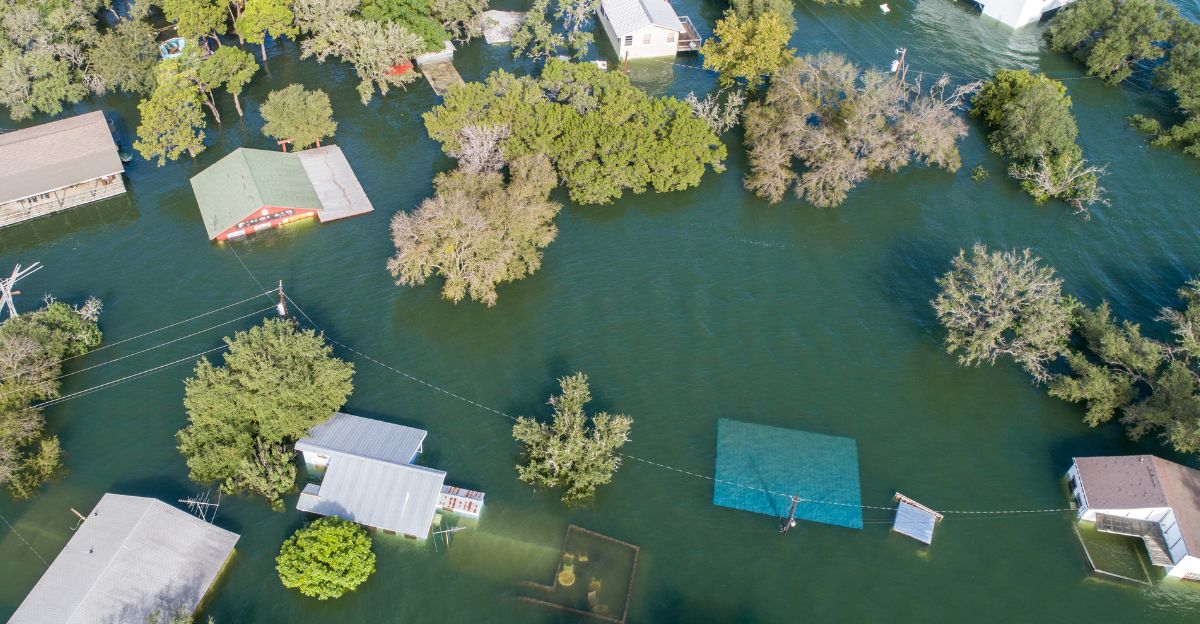
The plight of these eleven cities underscores a pressing global issue: urban areas around the world are increasingly vulnerable to both sinking land and rising seas due to climate change and human activity. As these cities grapple with their futures amid these challenges, innovative solutions will be essential for safeguarding their populations and infrastructures against impending disasters. Addressing these risks requires not only local action but also global cooperation in combating climate change at its source.
Explore more of our trending stories and hit Follow to keep them coming to your feed!

Don’t miss out on more stories like this! Hit the Follow button at the top of this article to stay updated with the latest news. Share your thoughts in the comments—we’d love to hear from you!







